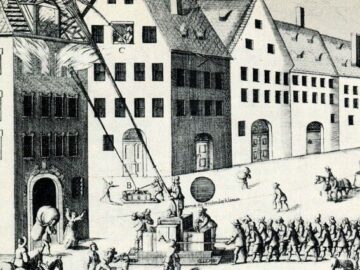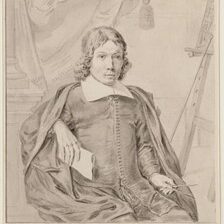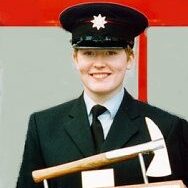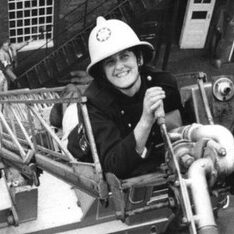Role: Chief Officer
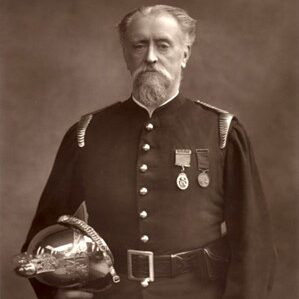
Captain Sir Eyre Massey Shaw KCB (17 January 1830 – 25 August 1908) was the first Chief Officer of the Metropolitan Fire Brigade (now renamed the London Fire Brigade), and the Superintendent of its predecessor, the London Fire Engine Establishment, from 1861 to 1891. He introduced modern firefighting methods to the Brigade, and increased the number of stations.
In 1865, Parliament passed the Metropolitan Fire Brigade Act, placing responsibility for fire protection in the Metropolitan Fire Brigade (combining the former London Fire Engine Establishment and the Society for the Protection of Life from Fire), to be supervised by the Metropolitan Board of Works. Shaw headed the new brigade.
Shaw was an influential thinker on firefighting, publishing at least one book on the subject. He is noted for his introduction of uniforms and the famous brass helmets (c. 1868), and for introducing a ranking system. He also introduced the use of the electrical telegraph for communication between stations (c. 1867), and stand pipes and fire hydrants. Some of which you can see on display!
As London grew during the late 19th century, Shaw expanded the number of fire stations. In 1861, the LFEE had comprised 17 land and two river stations and 129 men; when he retired 30 years later, the brigade’s estate comprised 55 land and four river stations, 127 street escape and hose-cart stations, 675 personnel and 131 horses. Sloping floors in fire stations allowed engines to move out more easily (‘on the run’, a term still used today). Under his leadership, he also procured steam fire engines, contacting the main manufacturers, Merryweather & Sons and Shand Mason, and working with them to develop an engine which could be pulled by two horses and produce several jets at high pressure (on average, 300 gallons of water per minute).
Shaw was a well-known socialite (which led to his immortalisation in operetta, see below) and a personal friend of the Prince of Wales (later Edward VII). A firefighting outfit was always kept ready at Charing Cross Fire Station in case the Royal heir chose to firefight. When the Fire Brigade was taken over by the London County Council in 1889, he disagreed with the administration and resigned in 1891. He was knighted by Queen Victoria on his last day of service. Shaw died at Folkestone on 25 August 1908.


